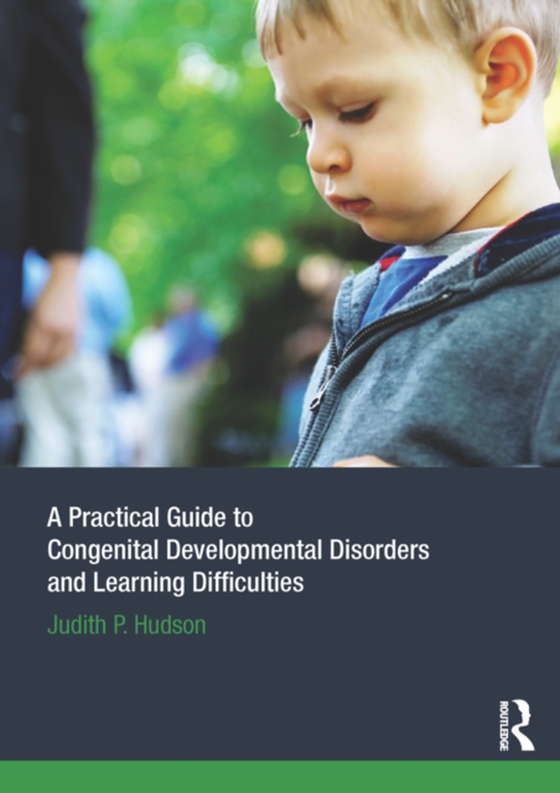
Practical Guide to Congenital Developmental Disorders and Learning Difficulties e-bog
288,10 DKK
(inkl. moms 360,12 DKK)
To give children with congenital developmental conditions that manifest special learning needs and specific disabilities their best chance to succeed, early identification and appropriate interventions and support, is necessary. This text highlights what to look for when there are concerns about a child's development. Practical and accessible, it is divided into three sections:Part 1 looks at t...
E-bog
288,10 DKK
Forlag
Routledge
Udgivet
24 april 2014
Længde
240 sider
Genrer
Teaching of students with learning difficulties
Sprog
English
Format
pdf
Beskyttelse
LCP
ISBN
9781136209505
To give children with congenital developmental conditions that manifest special learning needs and specific disabilities their best chance to succeed, early identification and appropriate interventions and support, is necessary. This text highlights what to look for when there are concerns about a child's development. Practical and accessible, it is divided into three sections:Part 1 looks at the theory and policy context, discussing the social model of disability, the responsibility of health, social care and education services to the child and family and the role of reviews and assessment in recognising developmental disorders. Part 2 provides a reference guide to atypical developmental conditions and disorders. For each condition, aetiology, prominent theories and research, profile of features - including triggers and behaviours, diagnostic assessment procedures and appropriate interventions are given and links made to sources of further information and support. Part 3 explores practical issues how to work sensitively and effectively with children and their families, looking at the psychological implications of diagnosis, and how to plan, promote, deliver and evaluate multi-agency support. Designed to support professionals working within a multi-modal, collaborative approach to assessment and intervention processes, it is suitable for health visitors, allied health therapists, nurses, teachers and social care practitioners. It is also a useful reference for students in these areas learning about child development and includes critical reading exercises; online searching tasks; self-assessment questions; reflective activities and document analysis prompts.
 Dansk
Dansk

